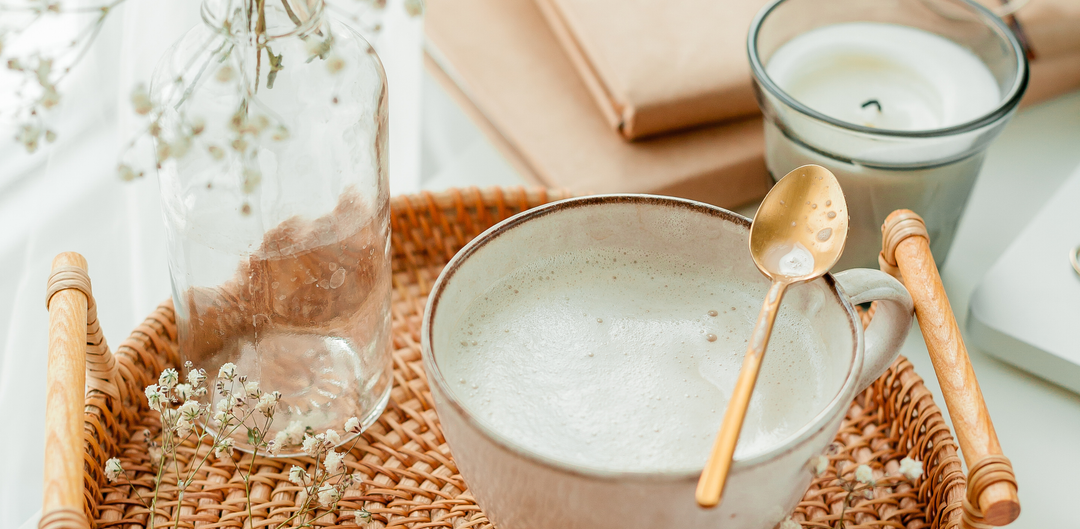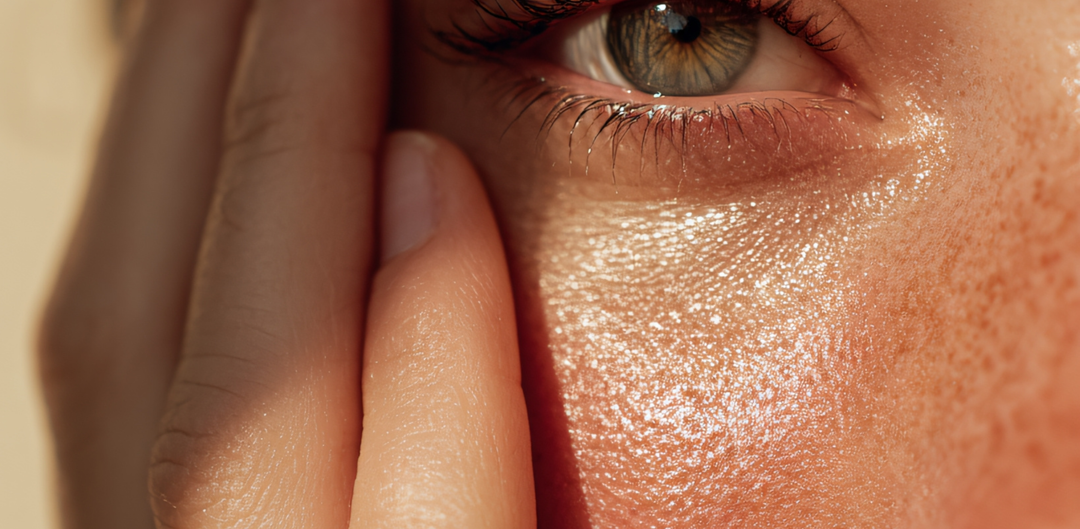Let’s face it, the cosmetic industry’s relationship with recycling has historically been less than ideal. A recent packaging audit completed by the NZ Cosmetics Association in conjunction with Mad World, reported that of their sample of 118 products which included 373 separate packaging items:
- 77% were made from material NOT collected for recycling, or were products NOT suitable for recycling (compared with 59% for grocery and household).
- 33% would be deemed too small for recycling (compared with 8% for grocery and household).
- 72% had plastic as their primary material (10% used glass).
Having recently attended a conference hosted by the Association there seemed to be a genuine drive and desire to do better.
At Hark & Zander a key pillar of who we are and what we’re about is sustainability. One of our company values under the acronym H.A.R.K. is ‘Kindness to people and planet’ and we’ve done all we could possibly think to do to ensure we are as kind as we can be given the resources and options available to us right now. We’re not perfect but we are committed. And we’re infinitely aware that there’s still more we can do. The more work we’ve done around this, the more knowledge we’ve gained and the more confident we have become in ensuring we are hand on heart dedicated to the cause.
Last week I was convinced of this during a visit to Auckland’s substantial curb-side recycling plant, Visy, hosted by our Association friends. Seeing all the waste being trucked in and conveyed around the plant was… well… both shocking and humbling. My heart sank at the mind boggling amount of waste they process (200 trucks a day), and members of the public who may not adhere to the rules of good practice (the first item I saw trundling past me on the conveyor was a full nappy). But I was heartened in listening to the knowledgable staff talk about things like their successes in recycling, a nationwide coordinated response to the process, advocating for better labelling standards, and some of their mind-bending statistics like how Aucklanders send around 230,000 tonnes of waste to landfills each year but by recycling right we can divert 140,000 tonnes of that waste to be recycled.
It seems more and more we are all becoming green-conscious. It’s hard not to be when confronted with literal mountains of plastic waste produced daily. It’s great we can flex our muscles of consumer choice wherever we can, but with a shift in consumer choice comes an increase in “corporate greenwashing”. Not familiar with the term? It’s when companies present products in a way that makes consumers believe they’re doing more to protect the environment than perhaps they are. And it’s pretty simple to do in an environment where there’s confusion around the rules, insufficient labelling, mixed messages, even urban myths and (to quote our Visy guide) conspiracy theories that fly around… all with the end result: consumer confusion.
So, here’s what I found out from our friends at Visy and how it all relates to what we’re trying to do at Hark & Zander to be ‘Kind’:
1. Glass is good!
We opted for glass as our vessel of choice - yes, it’s more expensive; yes, it’s more limited in style and availability; yes, it’s heavier and more fragile to ship; yes, it’s harder to work with to ensure it’s fit for purpose in dispensing oils... But it’s not plastic. Here’s why, from Visy’s perspective, glass surpasses plastic:
- Glass can be infinitely recycled. It never loses its quality or purity no matter how many times it’s recycled. Plastic, however, can only be recycled up to 6 times.
- Glass can be recycled no matter the size. And this is key for the cosmetics industry where lots of small vessels are used. Plastics under 55mm in diameter will literally fall through the cracks of the sorting machines and go to landfill. Not so with glass, it all gets sorted, stockpiled and recycled.
- Blue glass is good too - it simply gets sorted with the green glass.
- Glass recycling is a closed-loop system, so it doesn’t create any additional waste or by-products.
2. Labels matter
Labels can be a real sticking point (pun intended) when recycling anything, including glass. That’s where details matter: what’s the label made from and what adhesive has been used. At Hark & Zander we consciously chose natural fibre labels that break down easily and used adhesive that allowed the label to be removed with ease. The compromise is of course, that sometimes the label may “wing” at the corners on our more petite vessels… but we thought it was better that our bottles be actually recyclable rather than theoretically recyclable. And having seen all those mountains of waste, we know we made the right decision.
3. Lids are a problem
Lids in general are one of the biggest issues for commercial recycling in general. In Christchurch for example, the standard is lids off, whereas in Auckland the standard is lids on. In the survey I mentioned above it was found that 86% of items had a lid that couldn’t be recycled irrespective of what they were made from. The issue here is that most lids fall through that 55mm gap and in the cosmetics industry there’s the added complication of mixed material components. Pump heads are particularly troublesome as although they may be made of the ‘better’ or more recyclable sort of plastic, there’s a little metal spring inside that renders it too difficult to recycle commercially - even if there was a way to recycle those items under the 55mm threshold. This is an area we are seeking to improve for our products. As hard as we’ve searched there just isn’t, yet, an oil dispensing lid that is fully recyclable without hinderance. But we will keep up the search! If you know of a solution, please tell us!
4. Refills don’t help
There are several skincare and cosmetics brands who are tending to favour offering refills as a way to reduce waste, we even considered it ourselves. However, we learned that from Visy’s perspective the refill pouches are the worst sort of plastic or plastic/foil combination and have to go straight to landfill.
5. Squeezy plastic tubes are a no-go
We were considering bringing out a lip balm in one of those cute little sqeezy tubes. We had done the research and found a tube made from one sort of plastic so there was no issue with mixed plastics. But I learnt from Visy that aside from the fact that all those cute little tubes can’t be recycled because they’re under the 55mm plastic threshold, they’re also made from the worst sort of plastic that can’t be recycled. So I guess that’s an easy H&Z decision to measure against our Kindness value.
6. Our origami boxes are recycling gold
I didn't realise this before I went on my Visy expedition but they're first and foremost a packaging company who got into recycling for the paper supply. So anything made with cardboard has a ready and waiting recycling market - unlike the shifting sands of the plastics market. We created our beautiful H&Z boxes with PEFC certified, sustainably sourced cardboard that is 100% recyclable. You may notice they feel soft to the touch, that’s because we chose not to laminate them, making it easier to recycle. We made sure our European-standard inks don't affect the card's biodregradation. We even went so far as to insist on adhesive-free boxes, again, to make recycling easier. We affectionately call them our origami boxes and we love them!
I know that this is entirely written from the perspective of recyclability which is only one piece of the Kindness puzzle. We know glass is heavier so it takes more fuel to ship its weight for example. But we have to do what we can, wherever we can, whenever we can and after our trip to Visy we think we’ve made a strong start.
Jen Gibbs (Project Manager, Hark & Zander)





